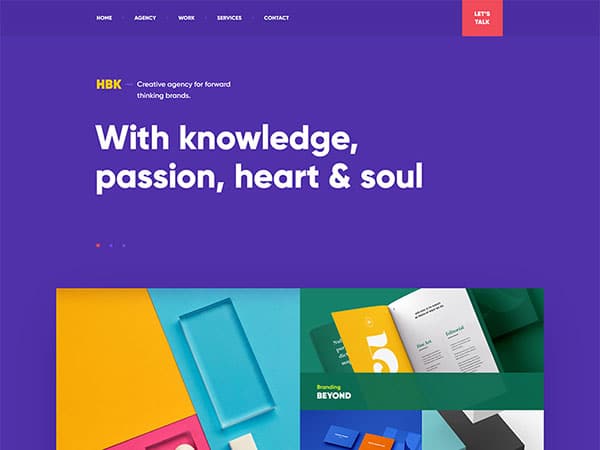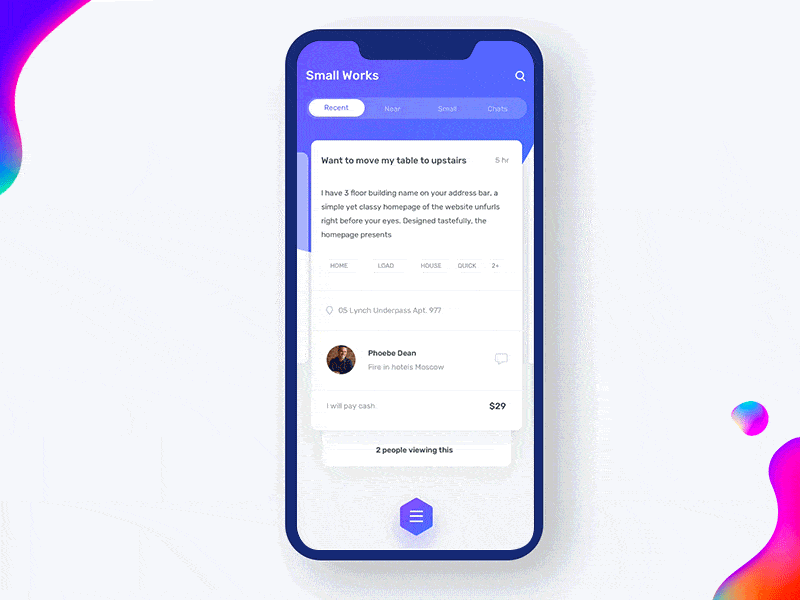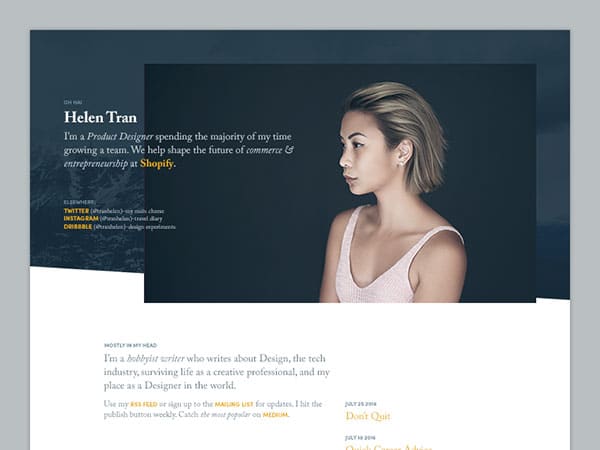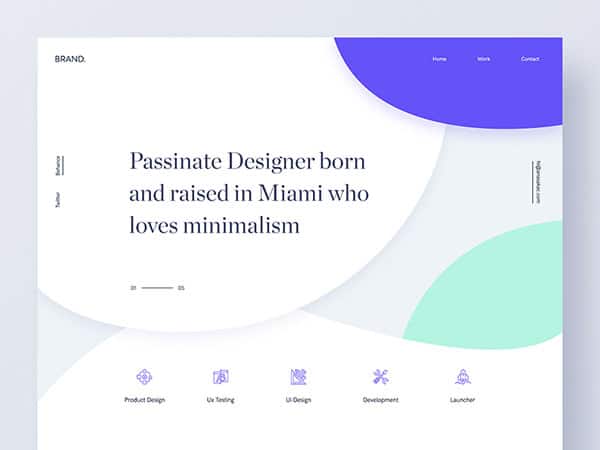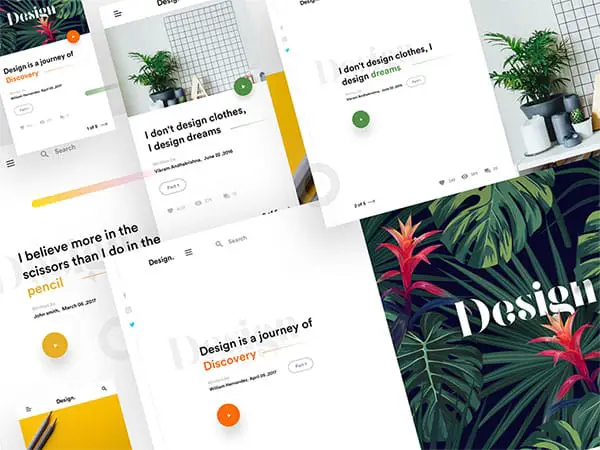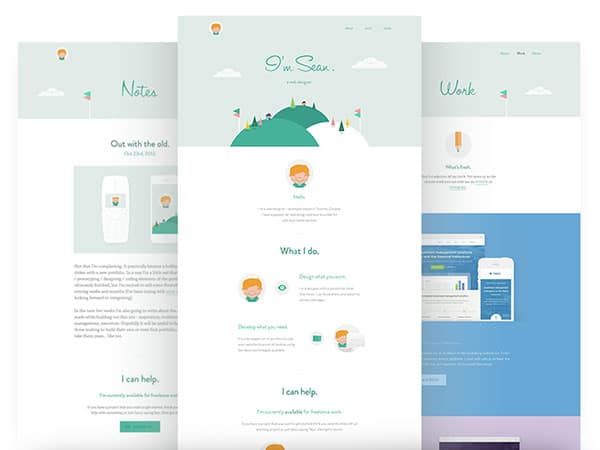Line25 is reader supported. At no cost to you a commission from sponsors may be earned when a purchase is made via links on the site. Learn more
As a designer, your portfolio showcases your interests, skills and achievements.
When you put your portfolio onto the internet, you will be competing with other talented designers.
How can you offer your very best in your online proposal in order to stand out?
How might you catch the eyes of potential clients and keep them interested?
Establish your goals as a designer
As a designer, you will be at your best when you have a clear sense of direction. Ask yourself where you would like to go as a designer?
What work do you hope to achieve? Holding a clear vision of your future will help you to plan what you put into your portfolio website.
Create an overview of your work
When you place your portfolio online, you want to attract attention. However, you also want to make your portfolio website easy to navigate.
Your portfolio will show off your visual skills as a designer. This means that you will want to make it visually aesthetic. At the same time, you want to be able to make it easy for prospective employers to see what you have to offer.
You could arrange your design work according to cover images. If you start with a cover image (such as logos or illustrations) custom design each one. You don’t have to use an image as the cover. You could stick to typography. However, ensure that each cover image has a consistent but unique feel.
Instead of creating cover images, you could choose a piece of artwork for each section of your portfolio. Placing your artwork on your opening page will give employers an instant glimpse of what you have to offer. They can then click on each example to find out more.
When you choose to arrange your work, keep the first page of your site simple. You want your portfolio to take centre stage rather than the site itself.
Use animated GIFs
Many GIFs are elegant and eye-catching. If you have created GIFs, you can use them to showcase your work.
GIFs capture attention and are a very effective means of showing off your animation skills.
Keep it simple
Your portfolio is a professional biography which will form a creative resume. Share your facts in a simple and easy to understand format which is easy for readers to digest.
Create an ‘About Me’ page in a way which infuses a sense of personality. Highlight who you are and where you would like to go with your artistic career.
You could include your resume in PDF version for traditional businesses with an HR department.
Provide links to your social media accounts so that potential clients may engage with you.
Ensure that your clients can contact you through email and via a telephone contact number.
Also, set up a Google Maps widget if you have a physical office and make sure it works.
Let yourself shine
You want your online portfolio to present you the very best light. Although your goal is to allow your work to stand out, consider creating a page where you share the goals you’ve achieved in huge detail.
Emphasize any prestigious projects you’ve worked on. Use visual imagery to back up your achievements. If your project has aesthetic appeal, it will hold your visitors’ attention.
Remember to let yourself shine. If you were interviewed by a news program, include this in your portfolio. The presentation you did at a conference? Include a photo. If you helped to organize an event or volunteer for a charity, include this in your portfolio.
Add any client recommendations you might have as well. If you have glowing feedback from a former boss, include this online. Ask permission before you include these though.
Start a blog
By sharing your passions online, you can connect with new readers. As a blogger, you can share your experience in the industry and any projects you are working on.
Keep your online blog professional. You don’t have to cover topics exclusive to the design industry. Expanding your knowledge or sharing different talents shows you to be a multidimensional person. However, do reflect yourself at your professional best.
While carrying out your blog, think about the skills you’d like a prospective employer to pull out and explore. This could be your creativity, your team working ability or your cultural knowledge.
You don’t have to create long blog posts but do post regularly. This will show your potential employers that you are able to maintain your passions and that you don’t give up.
Take yourself to the next level
Your portfolio is a way of achieving your future goals as a graphic designer. If you’re changing direction or simply wanting to move to the next level, make this clear. You can do so in subtle ways if you are worried about losing current clients or job opportunities.
If you’ve gained a new level of education which would enable you to change direction, add this to your resume.
Write or blog about your new learning experiences and what they mean to you. If you want to show that your interests are constantly changing and evolving, you could write about new software programs or share book reviews.
Guest blog
As a guest blogger, you can acquire a bigger following and gain exposure. You can then link these posts or articles to your design portfolio.
You don’t have to write a guest post. You could share your infographics or illustrations online. This will assist you to create an online presence.
It doesn’t matter whether your guest appearances are big or small. As long as you start somewhere, you will establish a name for yourself.
Create your own icons, patterns or fonts
If you are an established designer, you can create online lettering, icons or patterns. These provide examples of your work. If you allow your viewers to download them, you will be creating a sample of your work. Your prospective clients may return for more (paid) options at a later stage.
In exchange for free samples, you could request backlinks to your site, which will increase your search engine rankings. This will enable your website to get more exposure.
Offer tutorials or guides online
By sharing what you know you’ll attract attention to your blog or website.
You could create an online guide and allow viewers to download them online.
These guides could be anything from tips to creating vector illustrations to taking landscape photographs, depending on your skills.
If you develop websites, you could share tips on how to optimize your designs.
You could also offer free resources to other designers, like gold textures. You never know how a design agency sees your resources and hires you to do some of their extra work.
Use a good call to action
Once you have created an online portfolio, your next goal is to encourage prospective clients or employers to engage with you.
Placing a call to action button on your site will encourage your clients to interact. Your button could state ‘view my resume’ or ‘request a quote’. You could even place a button saying ‘hire me’.
These buttons could occur within different areas of your portfolio. This means that if your clients are searching for an illustration, website design or logo, they will not have to be taken to a contact page in order to hire you.
The decision can be made immediately after viewing your portfolio. You could also place a second button for downloading your resume. This can be handed over to a company’s HR team.
A call to action button can often prompt a client to make the next move. This is because it gives clients a guide on how to take the next step.
Summary
When you create an online portfolio, your goal is to be yourself. This will show you as a unique and multi-dimensional person.
Employers might look at dozens of candidates before settling on a single designer.
Allowing yourself to shine will bring your creativity to the fore. When you stand out from the crowd, you’ll be much closer to being invited for an interview.
